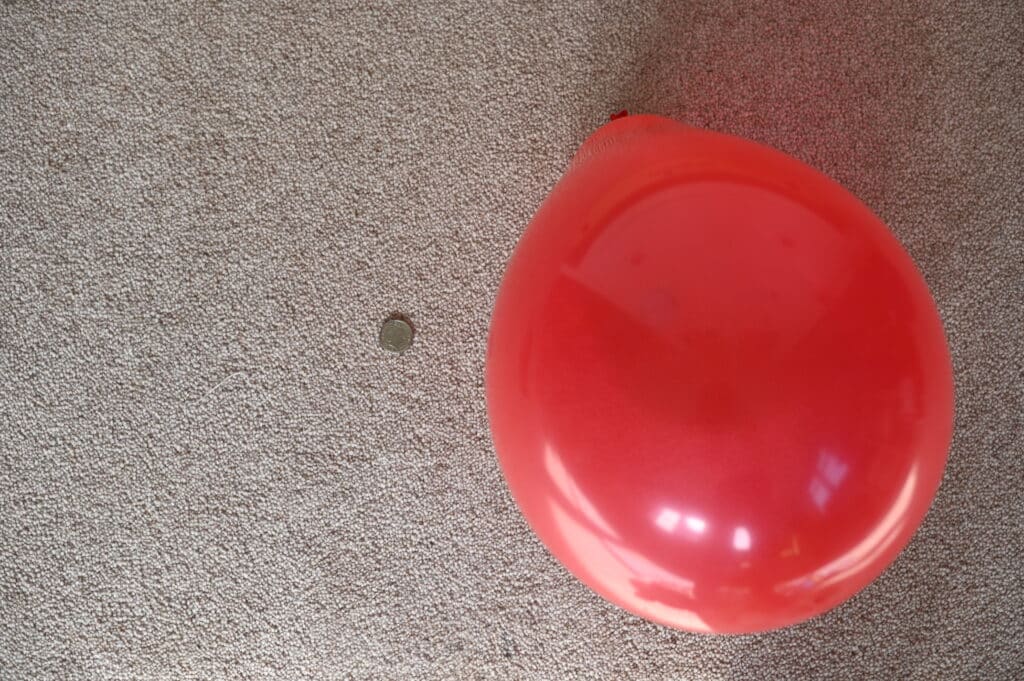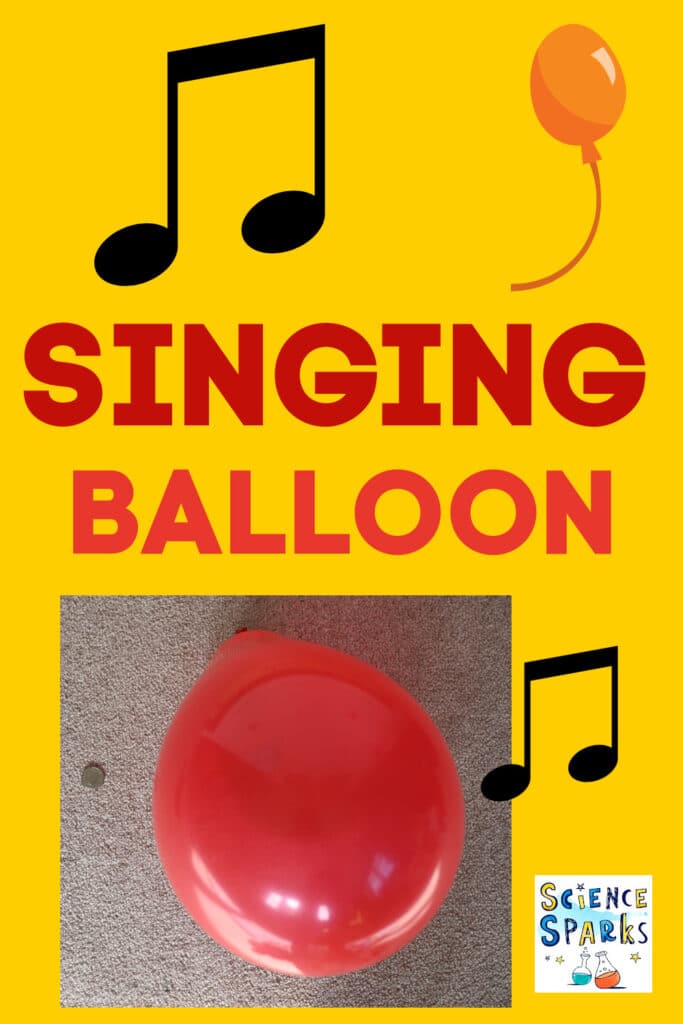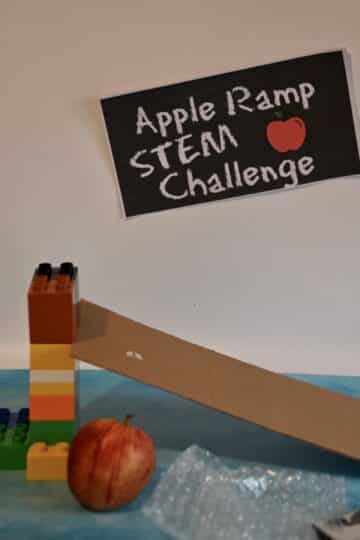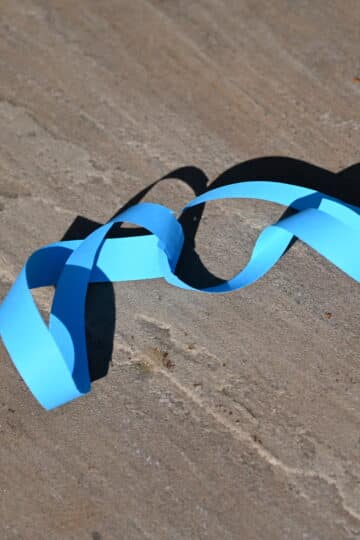A singing balloon experiment is a great way to learn how sound works. If you put a small coin inside a balloon and spin it, the coin spins around the balloon, making the balloon vibrate very quickly. Objects that vibrate quickly make a high pitched sound. As the coin slows down, the pitch of the sound gets lower. Children can hear how the sound changes as the coin slows inside the balloon.
Singing balloon sound and pitch investigation
You'll need
A balloon
Small coin

Instructions
Stretch the neck of the balloon and carefully put the coin inside.
Blow up the balloon ( ask an adult to help ).
Fasten the end of the balloon so the air cannot escape.
Hold the balloon at the top and carefully spin it in circles. Take care when doing this, as if the balloon bursts, the coin will fly out at high speed.
Listen to the sound the balloon and coin make.
You should find the pitch drops as the coin slows down.
What's happening?
When the coin spins fast, the balloon vibrates quickly, creating a high-pitched sound. As the coin slows, the balloon vibrates less, and the pitch drops.
More science experiments for learning about sound
Find out how you can see sound using rice and a drum.
Make a straw flute with straws and tape! The pitch of the sound changes with the length of the straw.
Test different materials to find out which are the best for muffling sound.

Last Updated on March 7, 2025 by Emma Vanstone




Leave a Reply